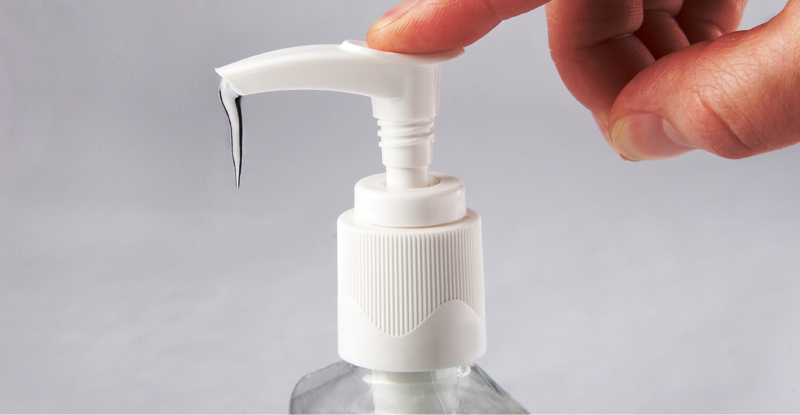Hand sanitizer vs. hand washing: Which is better?
Our parents have always told us to wash our hands. For most of us growing up, that meant going to a sink and using soap and water. In the past few decades, hand sanitizers have become a part of everyday life. They’re everywhere. People often wonder if hand sanitizers work as well, or maybe even better, than old-fashioned hand washing. What’s the story here?
The short answer: Soap-and-water hand washing should be your first choice, but hand sanitizers are a good backup.
Why is traditional hand washing the best option? It cleans your hands better than hand sanitizer. Washing your hands with soap and water physically removes the germs; they bond with and wash down the drain with soapy lather.
Traditional hand washing more effectively eliminates some viruses and bacteria, specifically norovirus and a bacterium called c. difficile. C. difficile can cause severe diarrhea, while norovirus causes vomiting and diarrhea. If you are in danger of being exposed to either, insist on soap-and-water hand washing.
Hand sanitizers, however, will do just fine most of the time. They are especially useful when soap and water hand washing is not available or practical.
How hand sanitizers work
Hand sanitizers are usually an alcohol-based gel. The alcohol kills germs. Some hand sanitizers come in the form of a foam; Triclosan is the active ingredient in these. Foam hand sanitizers are more effective than gels, but they can also be more expensive. The dispensers are not as practical or portable as gels. In most cases, gel sanitizers will do the job.
To use hand sanitizer effectively, apply some to the palm of one hand, then rub it all over your hands until they are dry. Hit every surface, including under your nails.
Hand sanitizer does not remove things from your hands, such as pesticides, lead paint, grease, or dirt. You may see hand sanitizers at gas stations near the pumps. Don’t be fooled: They will not remove gasoline from your hands.
Another important note: Hand sanitizer is poisonous, so you should never swallow it.
How to wash your hands with soap and water
Get your hands wet with warm water. Warm water removes germs better than cold water. Remember, you are physically removing the germs. Apply soap to the palm of one hand and rub your hands together, making a lather that covers all surfaces of the hand, including the nails. It’s the rubbing that removes the germs. Do this for about 20 seconds, then rinse away the lather. If you did a good job, the germs will wash away with the soapy water.
When to wash vs. use sanitizer
You should wash your hands with soap and water:
- When exposed to viruses and bacteria that cause stomach trouble, such as norovirus and c. difficile.
- Before and after preparing food, especially raw meats, fish, poultry, or eggs.
- After going to the bathroom, changing diapers, or cleaning up animal waste.
- Before and after caring for someone who is sick.
- After handling garbage.
- Before treating a wound.
- After coughing, sneezing, or blowing your nose — especially if you are sick.
- When your hands are greasy or have visible dirt.
- To remove substances from your hands, like powders and paints.
- After handling animals, including pets.
You can use hand sanitizers:
- Before meals.
- Throughout the day.
- When soap and water are not available.
References and further reading:
www.cdc.gov/handwashing/show-me-the-science-hand-sanitizer.html
www.cdc.gov/handwashing/pdf/hand-sanitizer-factsheet.pdf
www.webmd.com/cold-and-flu/news/20130208/hand-sanitizers-germs#1
www.webmd.com/cold-and-flu/hand-washing
www.webmd.com/a-to-z-guides/news/20070919/hand-sanitizer-fights-bacteria-better
www.webmd.com/cold-and-flu/cold-guide/cold-prevention-hand-washing#1




